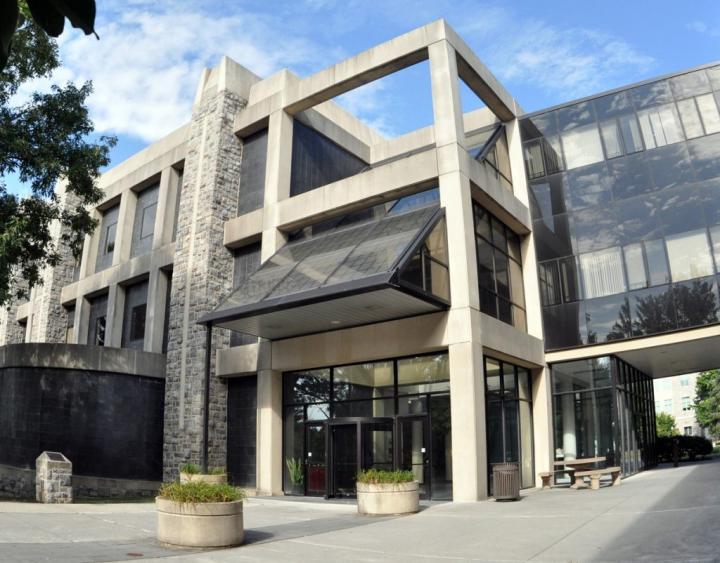
Credit: Virginia Tech
Could enzymes hold the key for the future of antibiotic development?
“Theoretically, yes. But we have a long way to go,” said Pablo Sobrado, an associate professor from the Department of Biochemistry in the College of Agriculture and Life Sciences.
After recently receiving a $528,000 grant from the Chemistry Division of the National Science Foundation (NSF), Sobrado and researchers from the University of Missouri are gearing up to uncover the inner workings of flavoenzymes, an up-and-coming enzyme family that has already shown some promise for the improvement of human health.
“Many of the enzymes that we are studying in this particular grant were recently identified and very little is known about their structure and mechanisms of action. Some of these flavoenzymes synthesize products that have antimicrobial or anticancer properties,” said Sobrado, an affiliated member of the Fralin Life Sciences Institute and the Virginia Tech Center for Drug Discovery. “In theory, one could use these enzymes to create an antibiotic or to modify them to make more effective antibiotics.”
Chemical reactions are constantly occurring behind the scenes to break down and make new molecules within our cells, a process that is essential for conducting biological processes in living organisms. To help keep organisms at peak performance, molecules called enzymes jump in and speed up, or catalyze, the rate at which these chemical reactions occur.
Flavins are a family of molecular compounds that can be obtained from the consumption of riboflavin, or vitamin B2. Flavins are extremely versatile and are often found in a multitude of biological processes across the tree of life, such as photosynthesis in plants and aerobic respiration in animals and humans.
Some enzymes have taken on flavins to enhance their biological activities. These aptly named flavoenzymes are involved in the production of molecules in fungi and other microorganisms, where they are used as a defense mechanism against invading microbes. But before their potential for human antibiotic applications can be explored, researchers need to learn more about the basic chemistry that lies behind these complex molecules.
“We are determining how flavin actually works in catalysis. We have been able to determine that the flavin moves using a ‘flapping’ motion during the process of performing the chemistry. This motion has not been previously identified and may have implications in how a large family of flavin-dependent enzymes function,” said Sobrado.
Using stopped-flow kinetics, X-ray crystallography, kinetic isotope effects, and inhibition studies, the lab will characterize six new enzymes to understand how the enzymes catalyze a vast number of reactions at the atomic level.
“The grant really focuses on the basic science. I always like to say that the research we do in our lab is going to be new chapters in the textbooks – presenting new chemistry and new processes,” said Sobrado.
For this project, Virginia Tech will be collaborating with the University of Missouri, in the laboratory of John Tanner, a professor of biochemistry and the co-principal investigator on the grant.
With both institutions boasting unique expertise in the field of biochemistry, Virginia Tech students will go to Tanner’s lab in Missouri to learn more about protein structure; later, students from Missouri will travel to Blacksburg to attain new knowledge about biochemical and biophysical techniques.
The lab will also be working with the Post-Baccalaureate Research and Education Program and the Initiative to Maximize Student Diversity programs at Virginia Tech and the University of Missouri. Sobrado says that this will serve as a foundation that will give the students access to top-of-the-line equipment, as well as the opportunity to decide if they want to work in industry or move on to a Ph.D.
###
Media Contact
Kristin Rose Jutras
[email protected]
Original Source
https:/




